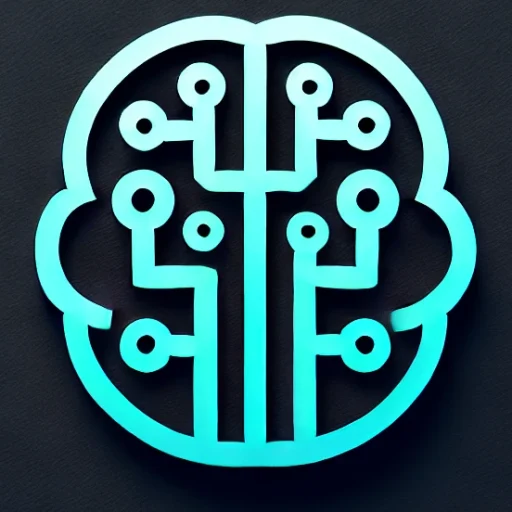
The Rise of Generative AI: Transforming Industries and Redefining Creativity
In the fast-evolving world of artificial intelligence, one trend is standing out as incredibly transformative: Generative AI. This technology, characterized by its ability to create content indistinguishable from that produced by humans, is reshaping industries, redefining creativity, and presenting both exciting opportunities and significant challenges.
Key Insights & Latest Advancements
Generative AI refers to algorithms that, given a certain set of data, can generate new content. This branch of AI has been bolstered by models like OpenAI’s GPT (Generative Pre-trained Transformer) series, Google’s BERT, and DALL-E, which have showcased remarkable capabilities in generating text, images, music, and even video games. These models learn the patterns and structures of their input data to produce novel outputs that mimic the style and quality of human-made content.
Recent advancements, especially in 2023, have seen the introduction of more sophisticated versions of these models. The development of multimodal models like GPT-4 and beyond, which can process and generate multiple forms of data simultaneously, has opened unprecedented possibilities in content creation and automation. These advancements are driven by more refined architectures, increased computational power, and enhanced training datasets, enabling generative AI to deliver increasingly impressive outputs.
Real-World Applications
Generative AI’s applications are vast and varied, significantly impacting multiple sectors:
-
Creative Industries: Artists, writers, and musicians are leveraging AI to experiment with new forms of expression. AI tools can co-create music tracks, draft novels, or generate unique visual art, pushing the boundaries of creativity.
-
Healthcare: AI-generated data can help in drug discovery, creating synthetic biological data that accelerate testing phases and reduce time to market for new medications.
-
Customer Service: Virtual assistants powered by generative AI are becoming more proficient in understanding and responding to human queries, enhancing customer interactions.
-
Gaming: AI-generated content in video games offers players unique experiences with dynamic storylines and environments, increasing replayability and engagement.
Challenges & Future Outlook
Despite its potential, generative AI brings with it a set of challenges. One of the most pressing issues is the ethical implication of AI-generated content, including deepfakes and disinformation. As AI becomes more adept at mimicking human behavior and creativity, it raises questions about authenticity, ownership, and accountability.
Moreover, there’s concern over the environmental impact of training large-scale AI models, which require significant computational resources. As the demand for more powerful AI grows, finding sustainable solutions to reduce the carbon footprint of AI technologies is imperative.
Looking forward, the future of generative AI is promising yet complex. As the technology matures, it will become increasingly integrated into everyday applications, making tasks more efficient and creative processes more accessible. However, to harness its full potential, it will be crucial to address the accompanying ethical and environmental challenges.
Conclusion with Key Takeaways
Generative AI stands at the forefront of technological innovation, offering transformative benefits across industries while challenging our perceptions of creativity and authenticity. As we continue to explore its capabilities, it will be essential to balance innovation with responsibility, ensuring that the development and deployment of generative AI are aligned with ethical standards and sustainability goals. The conversation around generative AI will undoubtedly shape the future landscape of technology and creativity, making it a pivotal topic for stakeholders worldwide.

